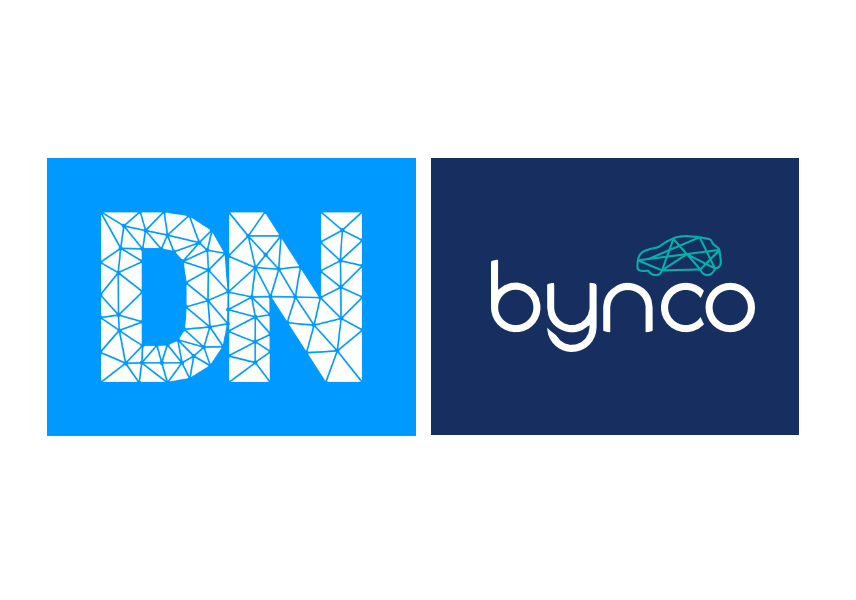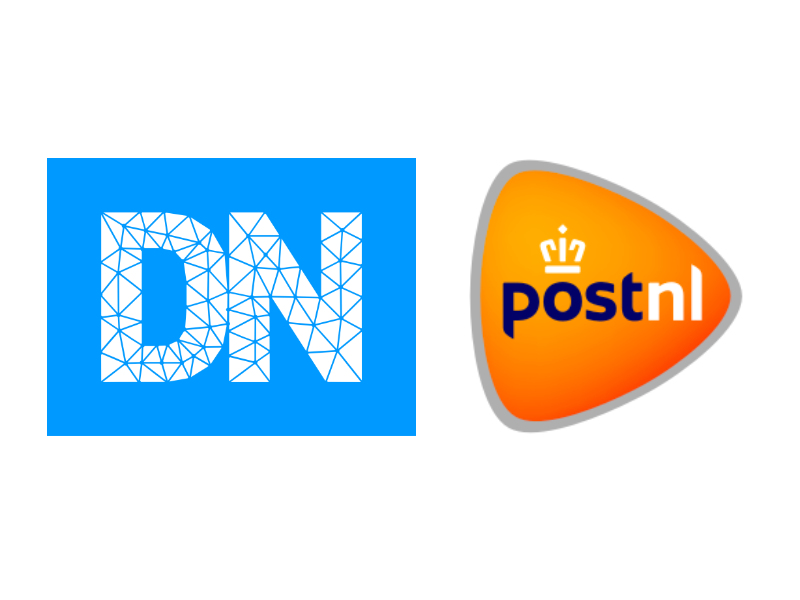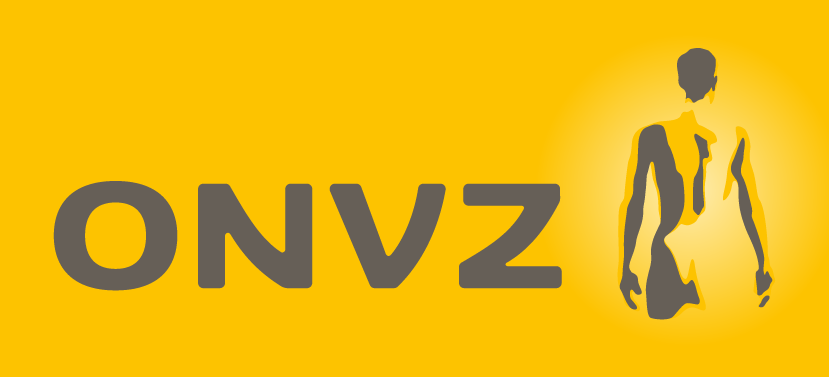Previous projects
Over the years I've worked on a variety of projects for clients ranging from design agencies to the national airport and Dutch government. Usually I'm the person responsible for markup and styling, setting up and maintaining component libraries and safe-guarding usability and accessibility.
-
Bynco/Dearnova

Bynco sells high quality used cars and does so completely online. They have no showrooms or sales representatives, so the online sales experience needs to be trustwhorthy and solid. DearNova previously built and designed the business-to-consumer part of the site and in 2020 I joined the team that would build a consumer-to-consumer section. My main responsibilities were the front-end development (Angular) of several new features for buyers and sellers, to allow for a secure and smooth transition between the vehicle's owners.
-
PostNL/DearNova

At DearNova I worked on the team responsible for the personal account section of the website as well as the new Track and Trace application for PostNL. Both applications use the latest version of Angular (8 at the time of writing) for their front-end. My main responsibility was building a design system, working closely with UX and visual designers, that allowed quick implementation of new features whilst safeguarding accessibility and PostNL's brand.
-
Koop

KOOP (overheid.nl) is the organisation responsible for Dutch governmental publications and announcements. They maintain and manage a range of websites. To assure a consistent style across these different sites, a component library was created that could be used to build and extend the different websites and maintain a similar look-and-feel across all the different domains.
-
ONVZ

ONVZ is a health insurance company in the Netherlands. For Fabrique Amsterdam I was part of the Scrum team responsible for creation of their redesigned website that focuses heavily on user convenience. Part of the website was build using Vue.js and together with the front-end developer of Fabrique I build a component library that enables ONVZ to extend their website over the next couple of years.
-
Royal Schiphol Group
For Royal Schiphol Group I worked in one of the four Scrum teams responsible for schiphol.nl, the website for the national airport. As one of the front-end developers responsible for Personal Relevant Information I worked on the online maps and "My Travel Day" parts of the website. A large part of my time at Schiphol I spend on building the new Component Library that was part of a complete redesign of the website at the beginning of 2018.
-
Sociale Verzekeringsbank (SVB)
At the SVB I helped maintain and extend the internal knowledgebase, that is used daily by the Service Team employees who determine if someone is eligble for social security benefits. In the Scrum team I was responsible for maintaining the CSS and HTML. I also worked closely with the backend developers to maintain the CMS and make sure the service, dating back to 2004, remained stable and performant.

